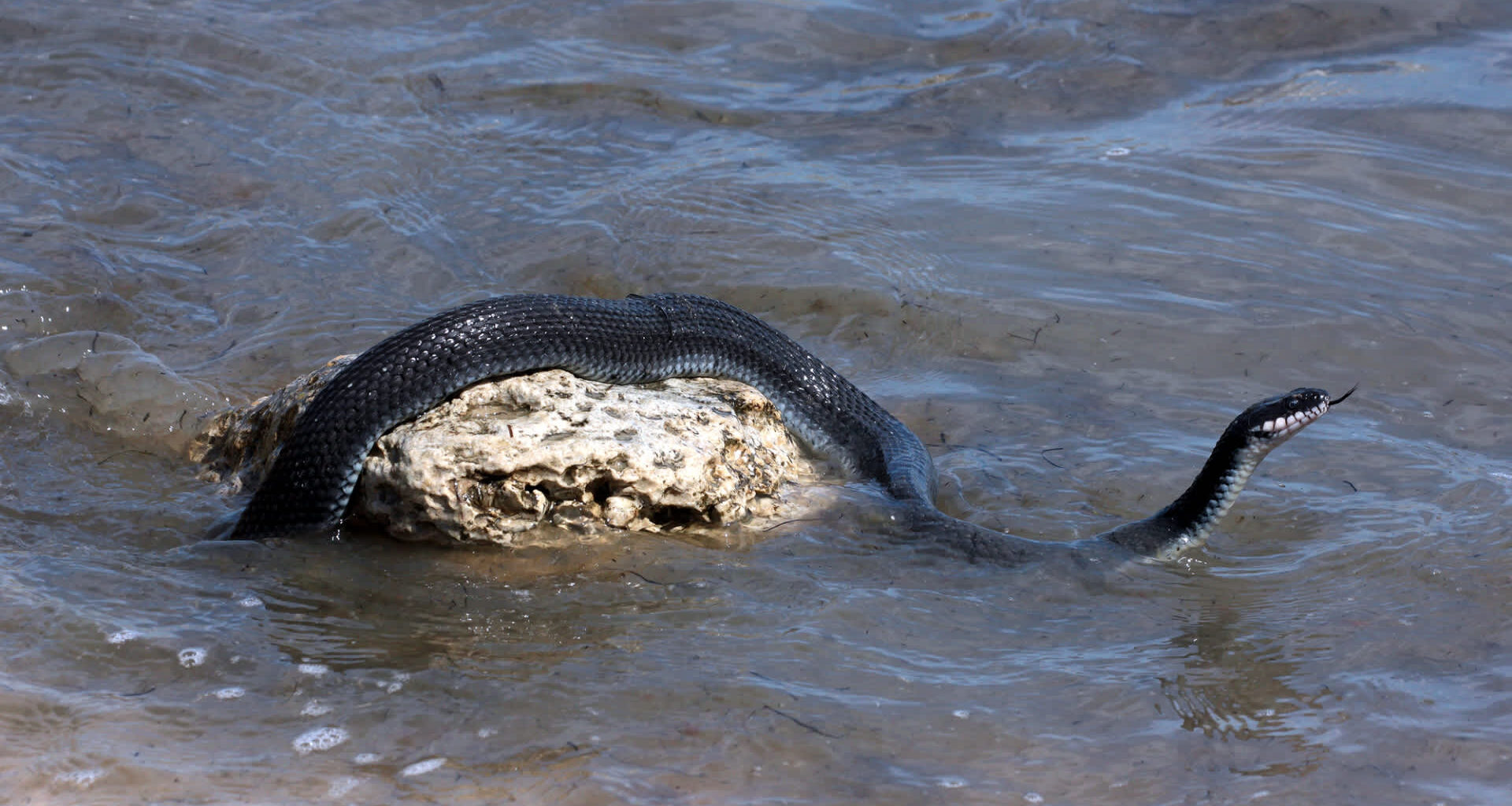A relaxing afternoon at one of India’s most popular waterfalls quickly turned into a nightmarish scene. On June 14, visitors at Kempty Falls in Mussoorie were sent scrambling when a large snake swam through the crowded pool, triggering screams and chaos.
“I’m pretty sure I’ve had nightmares that look just like this,” one commenter wrote, capturing the widespread shock.
The unsettling encounter has since sparked broader conversations about wildlife safety and human activity at tourist hotspots.
What’s happening?
Videos from Kempty Falls show dozens of swimmers enjoying the cool water before a snake glided through the pool, sending people rushing to get out. The video, filmed on June 14, quickly spread across Instagram, where viewers expressed disbelief over the close call.
Social media users speculated that the snake was non-venomous, though officials have not publicly confirmed its species. The video did not show any injuries, and no reports of injuries surfaced after the incident.
Still, the footage has raised fresh concerns about how prepared popular destinations are to manage such incidents.
Why is this animal encounter important?
While encounters like this may seem rare, experts say they’re becoming more common as human development expands into natural habitats. Growing populations, tourism, and construction near rivers and forests are bringing people and wildlife into closer contact.
The changing climate is also a factor. As rising temperatures and shrinking habitats force animals to seek new sources of food and water, the chances of crossing paths with humans increase. Additionally, habitat loss and resource shortages are making such encounters more frequent worldwide.
Although this particular snake posed no lasting threat, the incident underscores a bigger issue: Protecting natural ecosystems isn’t just about wildlife; it’s also about keeping communities safe. Healthy, well-managed environments can help limit risky encounters while supporting biodiversity.
What’s being done about animal encounters like this?
The incident has sparked new discussions about safety at tourist sites like Kempty Falls. Experts suggest that common safety measures — such as clearer signage about wildlife, designated swimming zones, and more frequent patrols by trained staff — can help prevent risky encounters in busy natural areas.
However, they stress that long-term solutions go beyond on-site fixes. Broader efforts such as preserving green spaces, managing tourism responsibly, and addressing climate-related pressures are key to reducing future risks. These steps not only safeguard wildlife but also help keep places like Kempty Falls safe and enjoyable for everyone.
Join our free newsletter for good news and useful tips, and don’t miss this cool list of easy ways to help yourself while helping the planet.
